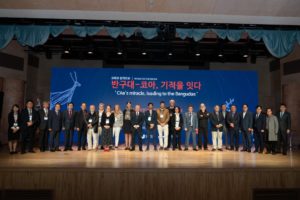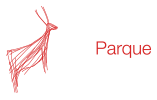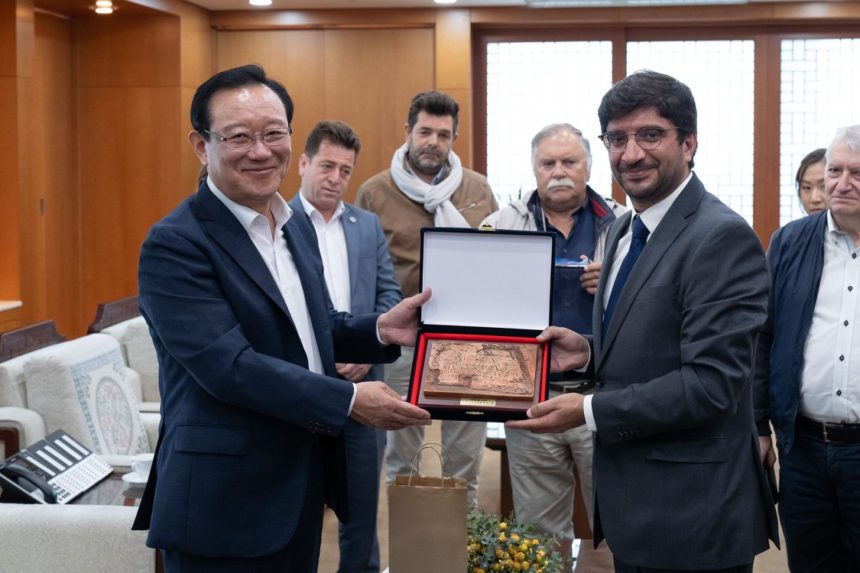South Korea uses Coa Valley example to preserve cultural heritage
The connection between the Coa Valley Rock Art and the Bangudae Petroglyphs (South Korea) continues to grow strong as a result of the great interest in this Asian country in the so-called Coa affair. This interest is based on the fact that Bangudae rock art site, the most important on the Korean Peninsula, is periodically submerged by the waters of a dam built before the engraving motifs were discovered. Apart from the seasonal rise of this reservoir causing serious conservation problems for rock art, such submersion does not allow, as the integrity of the site is at stake, to include the Bangudae in the UNESCO World Heritage List, as South Korean authorities wish.
Thus, seeking inspiration in the case of Coa, where the construction of a large dam was interrupted to preserve Ice Age art, culminating in 1998, with the classification of Coa as a UNESCO World Heritage Site, the Ulsan Museum, in partnership with the Coa Park Foundation, presents in 2019 the special exhibition “The Coa Story, leading to the Bangudae”. An International Symposium was also organized, which discussed solutions for the preservation of the Bangudae Petroglyphs, which was attended by several international experts. Also exhibited was Jean Luc-Bouvret’s latest film, “La bataille du Coa, une leçon portugaise” which premiered at the Coa Museum in December 2018. The whole event had wide repercussions in regional and national media.
In addition to technical visits to the Bangudae, the site museum and the Ulsan Museum, the Portuguese delegation was officially received by several South Korean political dignitaries, including the President of the Ulsan Metropolitan Area. All of these political leaders expressed the greatest interest and appreciation for the so-called “Coa’s miracle” that allowed the safeguarding of prehistoric art, and also expressed the desire to deepen the ties of cooperation between the two countries through rock art. The South Korean city of Ulsan, with a population of 1.2 million, is the country’s largest industrial center, home to a major hub for car and shipbuilding, as well as one of the world’s largest refineries. Water in Ulsan is a precious resource for human consumption, but also indispensable for this industrial activity.
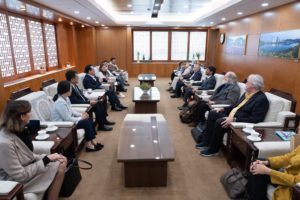
Despite technical complexity and associated costs, an agreement was announced on this occasion between the central government and the local authorities of Ulsan that will allow the phased lowering of the reservoir level to a quota that will permanently put the engraved Bangudae panel out of reach from the water, creating thus optimal conditions for their conservation and preparation of a World Heritage nomination dossier. For South Korean officials, there is no doubt that the “Coa Case” was determinant for this historic decision.
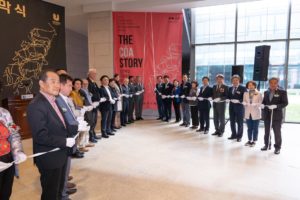
The Portuguese delegation in Korea was composed by Bruno Navarro, Sofia Figueiredo, and António Batarda (speaker at the Symposium), representing the Côa Park Foundation; António Martinho Baptista and José Ribeiro, keynote speakers at the International Symposium; Maria de Lurdes Costa and Jorge Fortuna, from Sala4; and Joana Baptista.
(Photos provided by the organization of the event)
